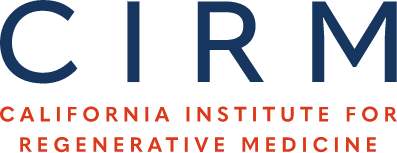2nd Generation Vaccine for the Treatment of Glioblastoma
Grant Award Details
Grant Type:
Grant Number:
TRAN1-08522
Investigator(s):
Disease Focus:
Human Stem Cell Use:
Award Value:
$2,929,889
Status:
Closed
Progress Reports
Reporting Period:
Final Operational Milestone #3
Grant Application Details
Application Title:
2nd Generation Vaccine for the Treatment of Glioblastoma
Public Abstract:
Translational Candidate
It is the peptide LEEKKYNYVVVTDHC conjugated to KLH and used as an anti-cancer vaccine.
Area of Impact
This is a better optimized, more robust vaccine that aspires to greatly improve glioblastoma patient survival over the current vaccine.
Mechanism of Action
The vaccine stimulates B cell and T cells. We have found this may be mediated through more extensive processing of our candidate by the proteasome. Once these immune system cells are stimulated, they will attack tumors expressing EGFRvIII.
Unmet Medical Need
Glioblastoma is the most common and deadly brain tumors: median survival is only 14-16 months.and 5 year survival of 9%. Therapies are desperately needed to significantly prolong survival. Our 2nd generation vaccine shows a 2-fold increase in survival over a vaccine that has already shown promise.
Project Objective
Pre-IND meeting and readiness for GMP manufacture
Major Proposed Activities
It is the peptide LEEKKYNYVVVTDHC conjugated to KLH and used as an anti-cancer vaccine.
Area of Impact
This is a better optimized, more robust vaccine that aspires to greatly improve glioblastoma patient survival over the current vaccine.
Mechanism of Action
The vaccine stimulates B cell and T cells. We have found this may be mediated through more extensive processing of our candidate by the proteasome. Once these immune system cells are stimulated, they will attack tumors expressing EGFRvIII.
Unmet Medical Need
Glioblastoma is the most common and deadly brain tumors: median survival is only 14-16 months.and 5 year survival of 9%. Therapies are desperately needed to significantly prolong survival. Our 2nd generation vaccine shows a 2-fold increase in survival over a vaccine that has already shown promise.
Project Objective
Pre-IND meeting and readiness for GMP manufacture
Major Proposed Activities
- Synthesis of peptide under GMP-like conditions and conjugation of peptide to KLH under GMP-like conditions
- Confirming structure and biologic activity of the conjugate and Confirming it has an excellent safety profile in toxicology tests
- Planning meetings with the FDA and then preparing Phase I trial in anticipation of filing IND
Statement of Benefit to California:
Californians will benefit from this research project in several significant ways. The research will take place in California and directly benefit the economy through hiring of employees and purchase of supplies and reagents. If the therapeutic is successful, it will extend the long-term survival rates for Californians with glioblastoma. If it is commercialized, profits derived from the vaccine will further improve the California economy and lower costs to uninsured patients.
Publications
- Sci Transl Med (2021): Enhancing proteasomal processing improves survival for a peptide vaccine used to treat glioblastoma. (PubMed: 34135109)



